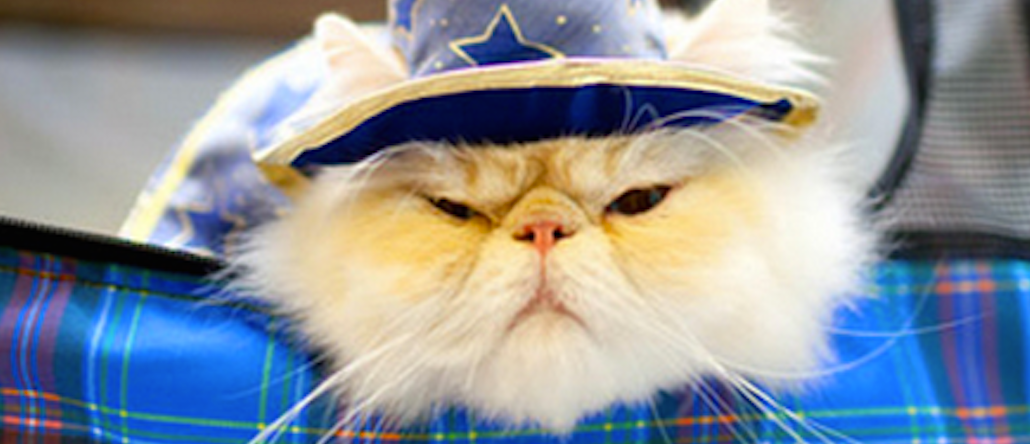
Even Funny or Die has had to get serious about its platform approach.
Since its founding in 2007, the video comedy site co-founded by Will Ferrell has taken the opposite approach of many digital publishers in staying independent of YouTube and other platforms. But that was then. With the inescapable rise of social media, enabled by the growth of mobile usage, Funny or Die site has had to change its strategy in order to live.
“People want to consume content where they are,” explained Patrick Starzan, svp of marketing and gm of social media for Funny or Die. “They don’t want to bounce around.”
Today, Funny or Die is on fully 15 different social platforms, from Facebook and Instagram to live streaming video services Meerkat and Periscope and messaging apps Kik and Tango. That early reluctance gone, Starzan decided that to maintain a robust presence on these platforms, it had to hire people who were intimately familiar with them.
One of the site’s hires was Anthony Troli, who has 358,000 followers on Vine, making six-second videos like the one below, which has gotten more than 25,000 likes. Troli, 22, got his comedic start making YouTube videos in high school. He was interning at Funny or Die when he got his big break with a riff on the 2012 song “Hey Ho” that got 25,000 likes. “The biggest thing was figuring out you only have time to tell one joke,” said Troli, one of a five-person social content team. “The ones that really hit a home run are ones that do it simply and concisely.”
Ad position: web_incontent_pos1
Another member of the team, Dashiell Driscoll, got noticed because of his work as a “power Digger.” As a teenager, Driscoll was a big user of the link-sharing site Digg, where he became a virtuoso at making breaking-news stories pop on social media by posting it with just the right angle or headline. “That ability to see a breaking story and make a crack about it became important,” said Dashiell, 28, whose posts have included this cats in hats slideshow (58,000 views).
While other publishers like Funny or Die are getting wise to the need for social platform experts, not all recognize the extent to which each platform demands its own approach.
Ad position: web_incontent_pos2
“Most publishers really look at six different channels, not realizing they have to create content for each channel, and that’s something Funny or Die has done really well,” said Omar Akhtar, managing editor at Altimeter Group, where he researches publishers’ content strategies. “They need content and have a huge built-in following. And publishers are realizing, you have to go where the people are.”
That’s certainly true for Funny or Die, which now gets 35 percent of its 2.1 million monthly unique visitors from social media, and claims 30 million followers across the 15 platforms. Direct visits to the site, meanwhile, now comprise about 25 percent of its visitors, down from 80 percent two years ago.
“When we started off, we wanted to take a walled-garden approach to our content,” Starzan said. “It was important for keeping all the revenue, and it was really crucial for us that people saw [our content] in the Funny or Die player. And for SEO purposes, it was important as we were growing. That’s paid off, but obviously things have changed with the emergence of social platforms, and Funny or Die has become a brand with recognition, and we can stand on our own.”
Image courtesy of Funny or Die.
More in Media

NewFronts Briefing: Samsung, Condé Nast, Roku focus presentations on new ad formats and category-specific inventory
Day two of IAB’s NewFronts featured presentations from Samsung, Condé Nast and Roku, highlighting new partnerships, ad formats and inventory, as well as new AI capabilities.

The Athletic to raise ad prices as it paces to hit 3 million newsletter subscribers
The New York Times’ sports site The Athletic is about to hit 3 million total newsletter subscribers. It plans to raise ad prices as as a result of this nearly 20% year over year increase.

NewFronts Briefing: Google, Vizio and news publishers pitch marketers with new ad offerings and range of content categories
Day one of the 2024 IAB NewFronts featured presentations from Google and Vizio, as well as a spotlight on news publishers.
Ad position: web_bfu